Algeria, a country known for its rich history and stunning landscapes, is home to several UNESCO World Heritage Sites. These sites hold exceptional cultural and natural significance, offering a glimpse into the country’s diverse heritage. In this article, we will take you on a journey to explore the seven UNESCO World Heritage Sites in Algeria.
RECOMMENDED:UNESCO Germany: Discover the 6 Recent World Heritage Sites
1. Al Qal’a of Beni Hammad (1980)
Our journey begins with the Al Qal’a of Beni Hammad, a site that takes us back in time to the 11th century. This archaeological site, situated on the slopes of the Hodna Mountains, reveals the remains of a once-thriving city. It’s a testament to the power and influence of the Hammadid dynasty. The structures include palaces, mosques, and defensive walls, providing valuable insights into medieval Islamic architecture.
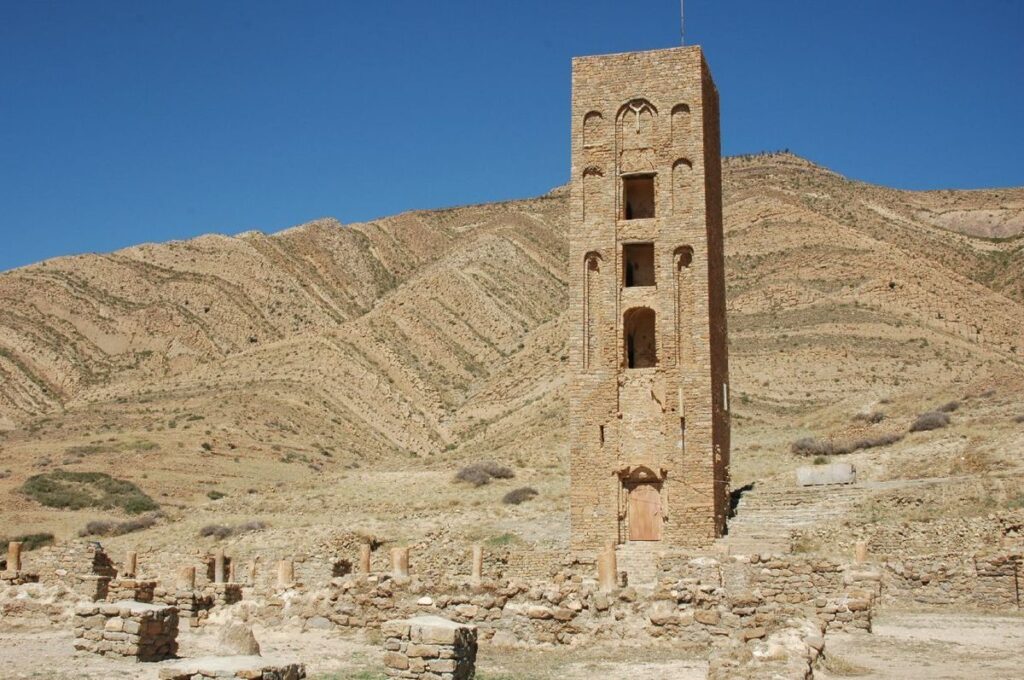
2. Tassili n’Ajjer (1982)
Tassili n’Ajjer, a vast plateau in southeastern Algeria, is our next destination. This World Heritage Site is renowned for its remarkable prehistoric rock art. The engravings and paintings depict scenes of ancient life, wildlife, and landscapes, offering a window into the prehistoric Saharan culture. The unique blend of natural beauty and cultural significance makes Tassili n’Ajjer a true treasure.
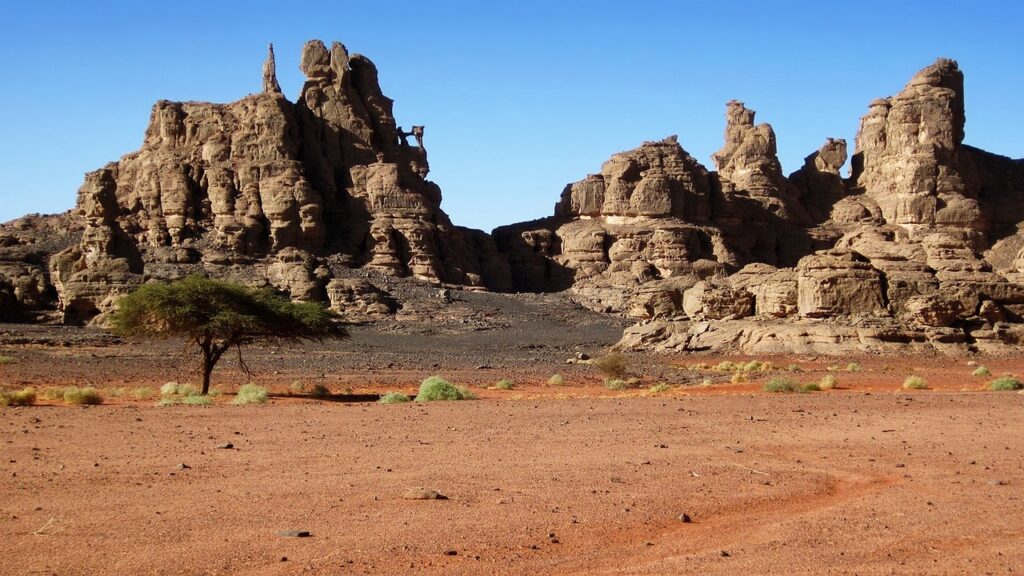
3. Timgad (1982)
Timgad, a Roman colonial town founded by Emperor Trajan in the 1st century AD, is our next stop. Its well-preserved ruins showcase the grid plan layout typical of Roman cities, complete with a forum, amphitheater, temples, and arches. The site is not only a testament to Roman urban planning but also a glimpse into the past of the region.
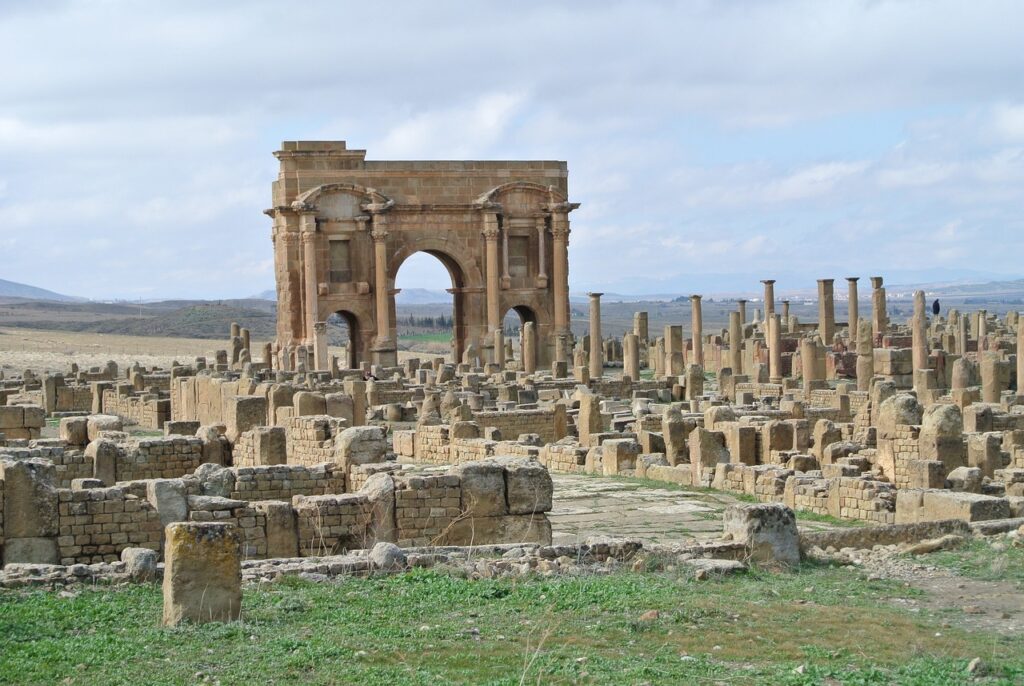
4. Tipasa (1982)
Tipasa, located on the Mediterranean coast, boasts a rich history as a Phoenician trading post turned Roman colony. The ruins of the city include a theater, basilicas, and a necropolis, all bearing witness to the city’s ancient prosperity and culture. The site provides a captivating glimpse into the Roman presence in North Africa.

5. M’Zab Valley (1982)
M’Zab Valley is a unique cultural landscape situated in the northern Sahara Desert. This valley is home to five ancient walled towns, known as the Pentapolis, each with its distinct architectural style. The towns are remarkably well-preserved, showcasing the harmony between human habitation and the challenging desert environment. The architecture and urban planning of M’Zab Valley are not only functional but also aesthetically pleasing.
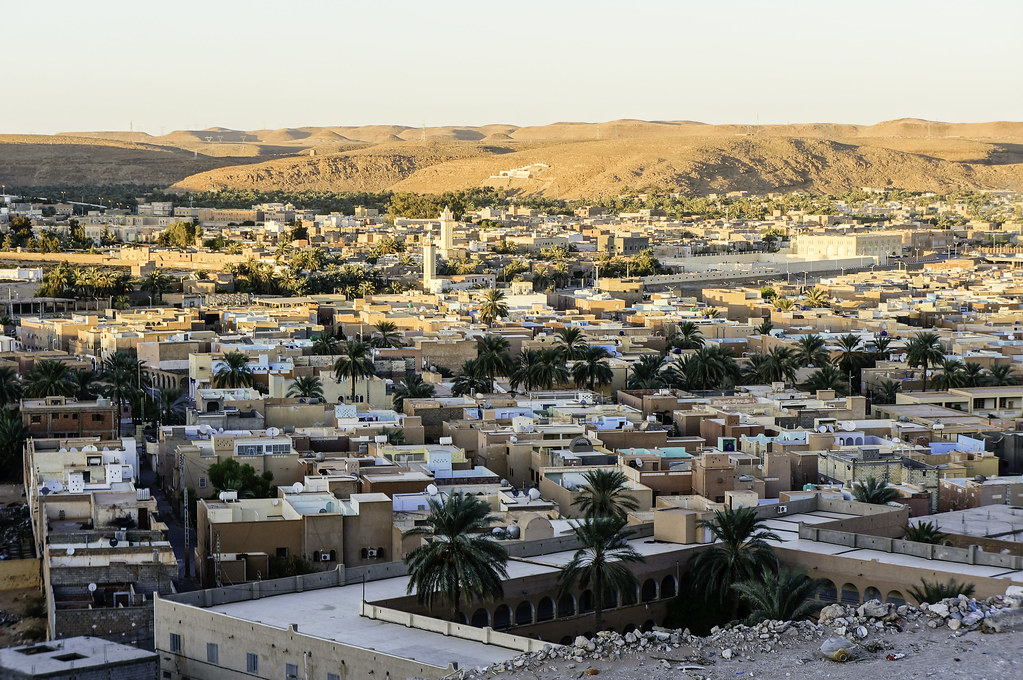
6. Djémila (1982)
Djémila, formerly known as Cuicul, is an outstanding example of Roman architecture and urban planning. This World Heritage Site features well-preserved ancient structures, including temples, arches, a forum, and residential buildings. The city’s layout and architectural details offer a vivid picture of daily life during the Roman era in Algeria.
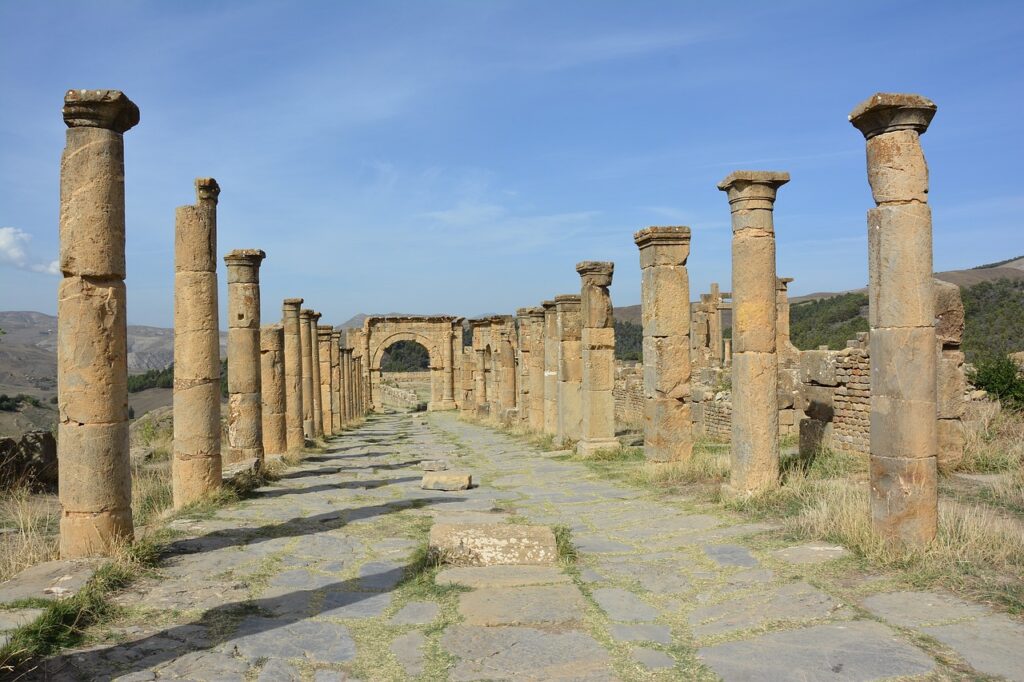
7. Kasbah of Algiers (1992)
Our final destination is the Kasbah of Algiers, a historic district in the capital city. This labyrinthine network of narrow streets and traditional houses has witnessed centuries of history. The Kasbah is a vibrant reflection of the country’s diverse cultural influences, from Ottoman and Andalusian to French and Arab. It’s a living testament to Algeria’s cultural heritage.
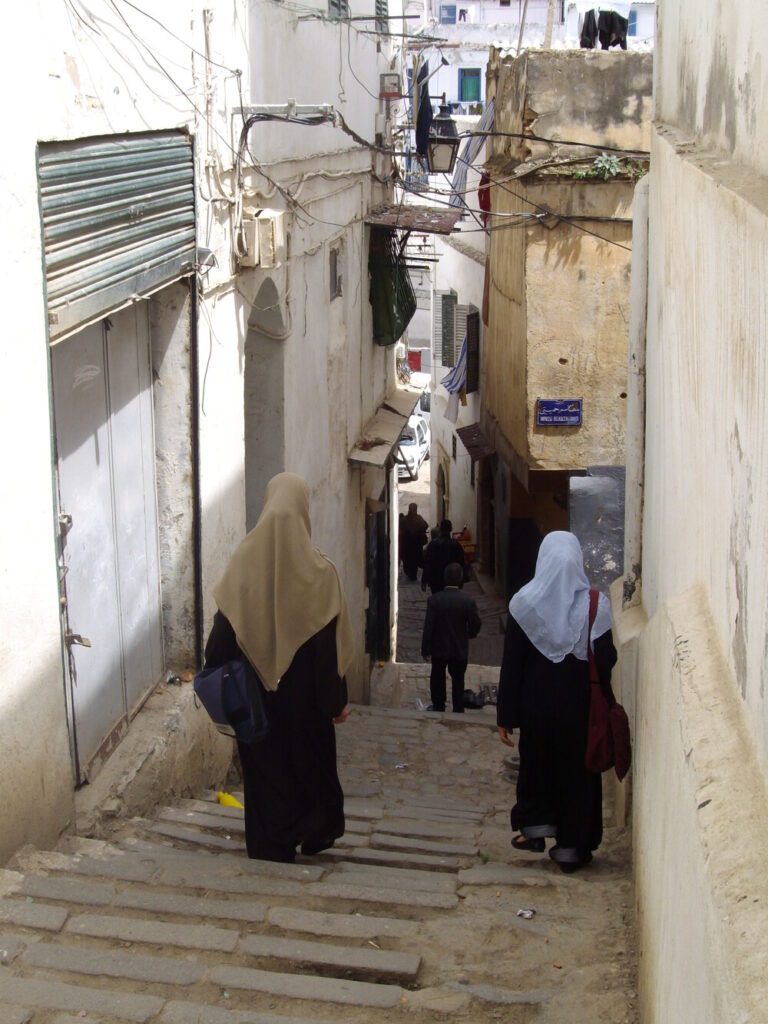
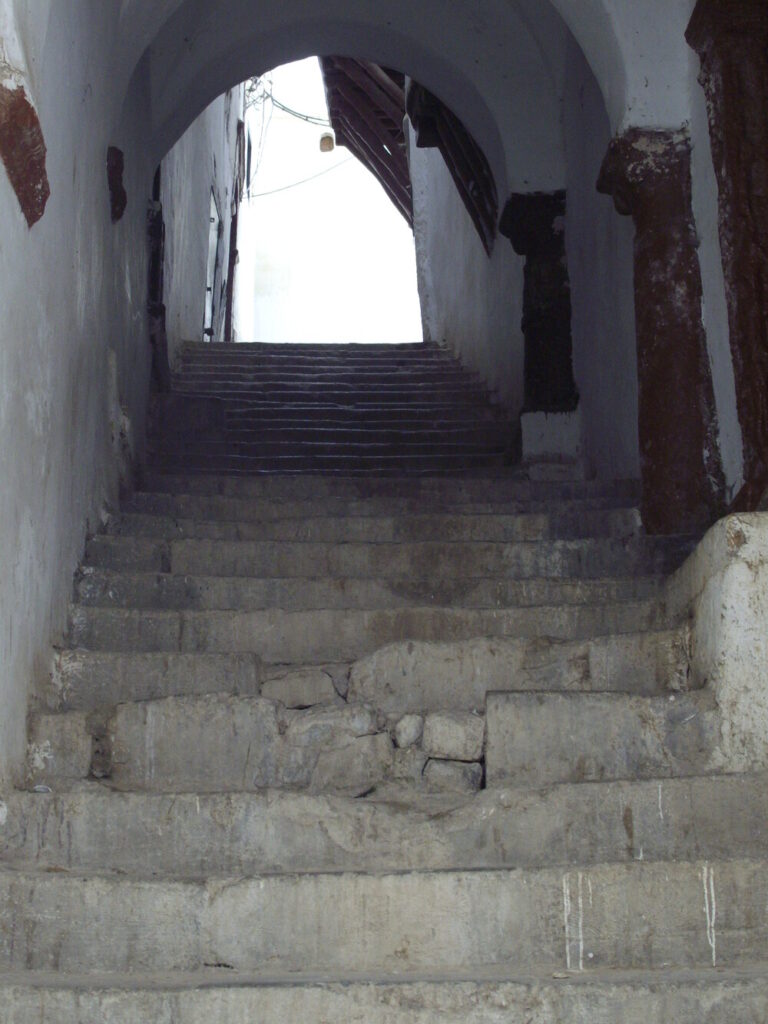
Conclusion
Algeria’s UNESCO World Heritage Sites offer a captivating journey through time, culture, and nature. These sites not only hold historical and cultural significance but also showcase the breathtaking landscapes of this North African nation. Whether you’re drawn to ancient history, prehistoric art, or stunning architecture, Algeria’s UNESCO World Heritage Sites have something to offer every traveler.
We hope this article has piqued your interest in these remarkable sites. Each one holds a unique story waiting to be explored, and they are a testament to the country’s rich and diverse heritage. Make sure to include these sites in your travel bucket list for an unforgettable journey through the treasures of Algeria.

